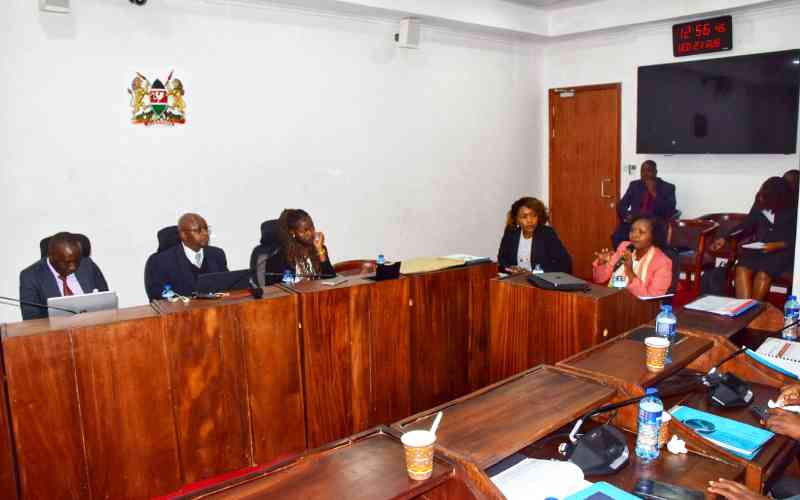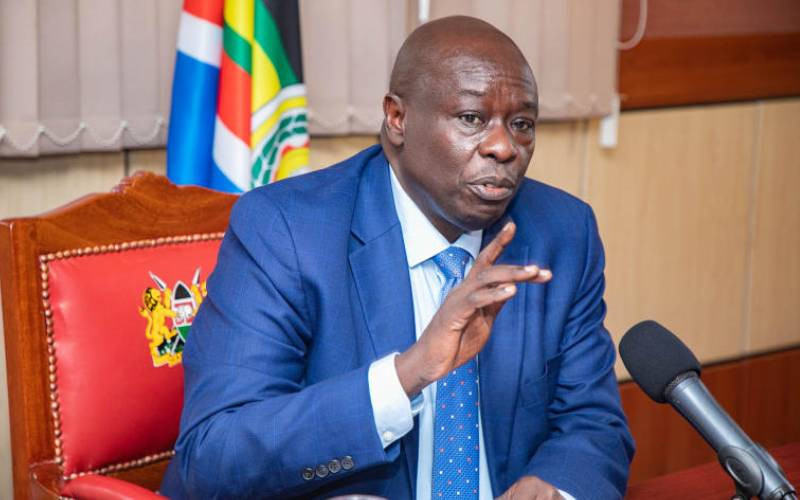By Allan Olingo
Once billed as Kenya’s fourth largest town, Nakuru still remains a tourist hot spot, mostly for its flamingos that reside in Lake Nakuru.
Most tourists in Nakuru mainly visit Lake Nakuru National Park, Menengai Crater or the Hyrax Hill Pre-historic site.
Gazetted in 1961 and upgraded to a National Park status in 1968, Lake Nakuru National Park comprises of a large area of grassland, bush and rocky cliffs that is now home to hundreds of birds and mammals.
Waterbucks, warthogs and buffaloes, gazelles, zebras and giraffes. You can also spot lions and leopards in this park.
World famous for the multitudes of bright pink flamingos, Lake Nakuru is home to more than two million flamingos. Any tour guide will tell you that the best place to watch the flamingos is from the Baboon Cliff, home to hundreds of brown baboons.
According to Kenya Wildlife Service rangers at the park, the lake is Kenya’s first bird sanctuary that protects around 450 species.
When the rhino population faced extinction due to the heightened poaching activities, Lake Nakuru National Park was enlarged to provide a sanctuary for the white and black rhinos.
Another favourite attraction within Nakuru is the Menengai Crater, an extinct volcano with striking views of Lake Nakuru and Lake Bogoria as well as the crater itself. Formed by millions of years of volcanic activity, this crater is a dormant volcano that provides views of the crater and the surrounding countryside.
Legend has it that the Menengai Crater is home to many demons and ghosts and so the crater is referred to as kirima kia ng’oma, (the place of devils).
For those who love heights and hiking, this is a lovely experience. Going down the Menengai crater gives a fulfilling sensation.
There are also underground caves used for religious purposes like prayer and fasting thus a good destination for religious groups!
Another attraction is the Hyrax Hill Prehistoric site, discovered in 1926 by paleontologist Louis Leakey. While excavating a nearby site, he found evidence of pre-historic habitation at Hyrax Hill almost 12 years later. His wife, Mary Leakey, noted several more sites, including a stone walled fort and a group of pits. A large collection of items can be found in the burial pits and around the hill, including pottery fragments and Indian coins, one of them 500 years old, two of them dating from 1918 and 1919.
There are a variety of accommodation options from hotels within the town to the lodges that are closer to the park.
As a tourist you can engage in bird watching, hiking, game drives, cycling, nature walks and hot air balloon rides (that cost around Sh42,000), amongst other activities.
Stay informed. Subscribe to our newsletter
 The Standard Group Plc is a
multi-media organization with investments in media platforms spanning newspaper
print operations, television, radio broadcasting, digital and online services. The
Standard Group is recognized as a leading multi-media house in Kenya with a key
influence in matters of national and international interest.
The Standard Group Plc is a
multi-media organization with investments in media platforms spanning newspaper
print operations, television, radio broadcasting, digital and online services. The
Standard Group is recognized as a leading multi-media house in Kenya with a key
influence in matters of national and international interest.
 The Standard Group Plc is a
multi-media organization with investments in media platforms spanning newspaper
print operations, television, radio broadcasting, digital and online services. The
Standard Group is recognized as a leading multi-media house in Kenya with a key
influence in matters of national and international interest.
The Standard Group Plc is a
multi-media organization with investments in media platforms spanning newspaper
print operations, television, radio broadcasting, digital and online services. The
Standard Group is recognized as a leading multi-media house in Kenya with a key
influence in matters of national and international interest.







